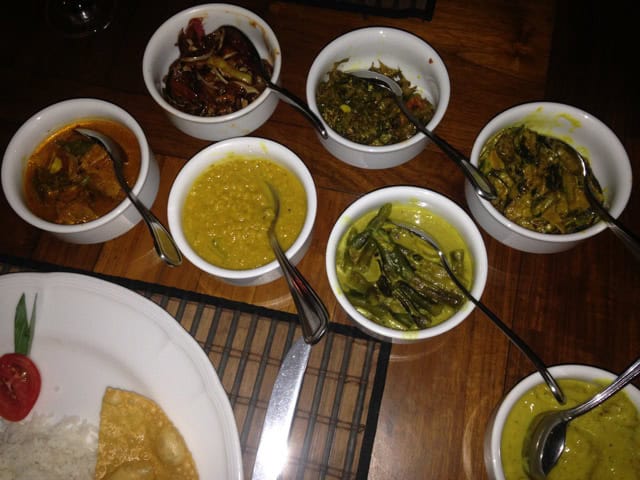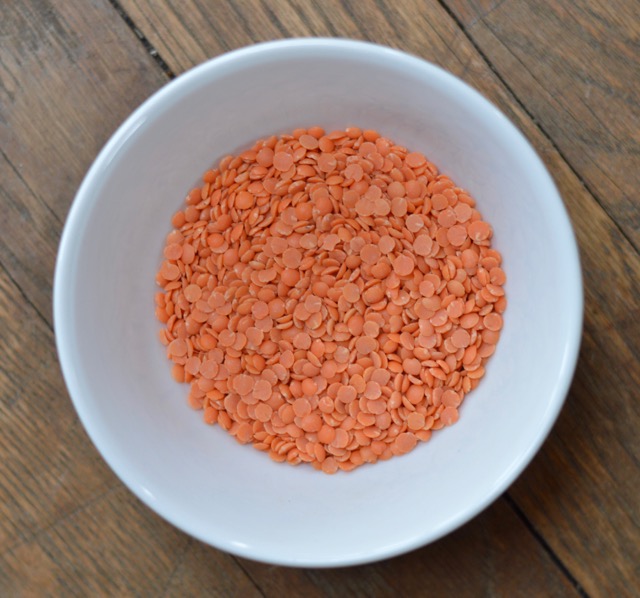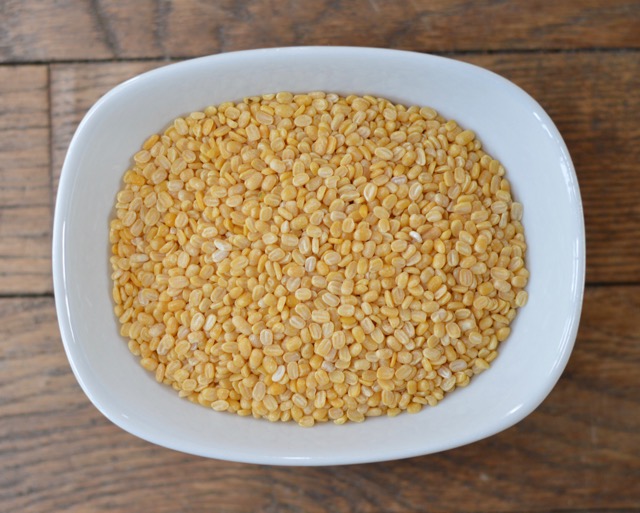Dhal For Balance In Your Body
Recipe Key
 Today I am excited to tell you about Dhal, one of the dishes I ate almost every day I was in Sri Lanka. It is included as part of the meal known as “curry and rice”. The rice and curry meal includes vegetable, chicken or fish curry, dhal, rice, coconut sambal, eggplant sambal and often a beet or okra curry.
Today I am excited to tell you about Dhal, one of the dishes I ate almost every day I was in Sri Lanka. It is included as part of the meal known as “curry and rice”. The rice and curry meal includes vegetable, chicken or fish curry, dhal, rice, coconut sambal, eggplant sambal and often a beet or okra curry.
I have to admit this was a big change of diet for me. I had been eating primarily paleo for the last year. Since staying paleo was not an option in Sri Lanka I embraced a different eating pattern and found my body did quite well after a few days adjustment. Now that I am home I plan to include moong dhal or red lentils into my diet regularly.
Dhal is an inexpensive, simple to cook vegetarian protein that is consumed by the wealthy, poor, young and old. In other words everyone eats it. It is served at breakfast, lunch and dinner.
Dhal or dal derives from the Sanskrit word- dhal – and means to split. It is made from dried split pulses (lentils or peas). It is a savory porridge deeply nourishing and satisfying. It is full of spices that delight the senses and heal the body.
The wonderful flavor is obtained from the technique called tarka, which means spices sizzled in coconut oil (in Sri Lanka) or ghee (in India), added to the pot at the end of the cooking process. There are hundreds of variations of regional and household variations on dhal depending on the types of lentils and spices you use.
Did you know that the name for lentils in general is ‘dahl’? Dhal is an umbrella term used for lentils, beans and peas. Red lentils are most commonly used to make dhal but you can make dhal with red, green, brown, or black lentils or with my favorite Mung Dhal which are split mung beans.
Lentils have a nutty earthy flavor and a high nutritional value. In Sri Lanka they use red lentils (Masoor dhal). Red lentils can be found in most health food stores, usually in the bulk section.
I like to make dhal with split mung beans (Moong Dhal) because they are the easiest to digest. After I tell you all the great benefits of lentils I will explain why I absolutely love Moong Dhal Beans.
Health Benefits of Dhal (Lentils)
Good for Your Heart
Lentils are high in folate and magnesium. Magnesium improves blood flow, oxygen and nutrients throughout the body by relaxing the smooth muscles that line the inside of your arteries. This helps lower blood pressure, keeping your heart happy. Folate lowers your homocysteine levels, a risk factor for heart disease.
Keeps Blood Sugar Levels Balanced
Lentils are of special benefit in managing blood-sugar disorders since their high fiber content prevents blood sugar levels from rising rapidly after a meal. The soluble fiber in lentils create gels that tie up carbohydrates so they are absorbed more slowly keeping blood sugar levels stable.
Aids Digestion
The insoluble fiber present in lentils increases stool bulk and helps prevent constipation. When the waste products move out of your system easily you can digest your food more efficiently. This type of fiber also help prevent digestive disorders like irritable bowel syndrome and diverticulosis.
Boosts Your Energy
Lentils high iron content will replenish your iron stores increasing your energy. Iron is an integral component of hemoglobin, which transports oxygen from the lungs to all body cells. If you are not getting enough, you might feel low energy, have poor endurance and even run out of breath easily.
Helps Weight Loss
Lentils are high in protein, low in fat and calories. Protein is essential for good metabolism. In addition the fiber and slow burning complex carbohydrates in lentils make you feel satisfied and full. Lentils reduce cravings by increasing the “I am full” hormone, cholecystokinin (CCK).
Balances Cholesterol
Soluble fiber, found in high quantities in lentils, forms a gel in the digestive tract that traps cholesterol-containing bile (which contains cholesterol) and escorts it out of the body.
 The Amazing Moong Dhal Bean
The Amazing Moong Dhal Bean
Moong dhal has all of the benefits of lentils but they are one of the only beans that do not produce gas. They are easy to digest.
In Ayruveda it is used as a “cleansing bean” in a spiced stew called kitcahri used to break fasts or as a fasting food. It is also tri-doshic – meaning it is suits every dosha –each of three energies believed to circulate in the body and govern physiological activity.
It is considered the chicken soup of India. It is used to treat stomachaches, and flus. It is often an Indian baby’s first food because it’s easy to digest and nutritious.
You can find these beans in Indian grocery stores or click here to order on line.
Click here to get the recipe for Sri Lankan Coconut Dhal Curry


